EHR Software Development: How to Build Custom Healthcare Systems
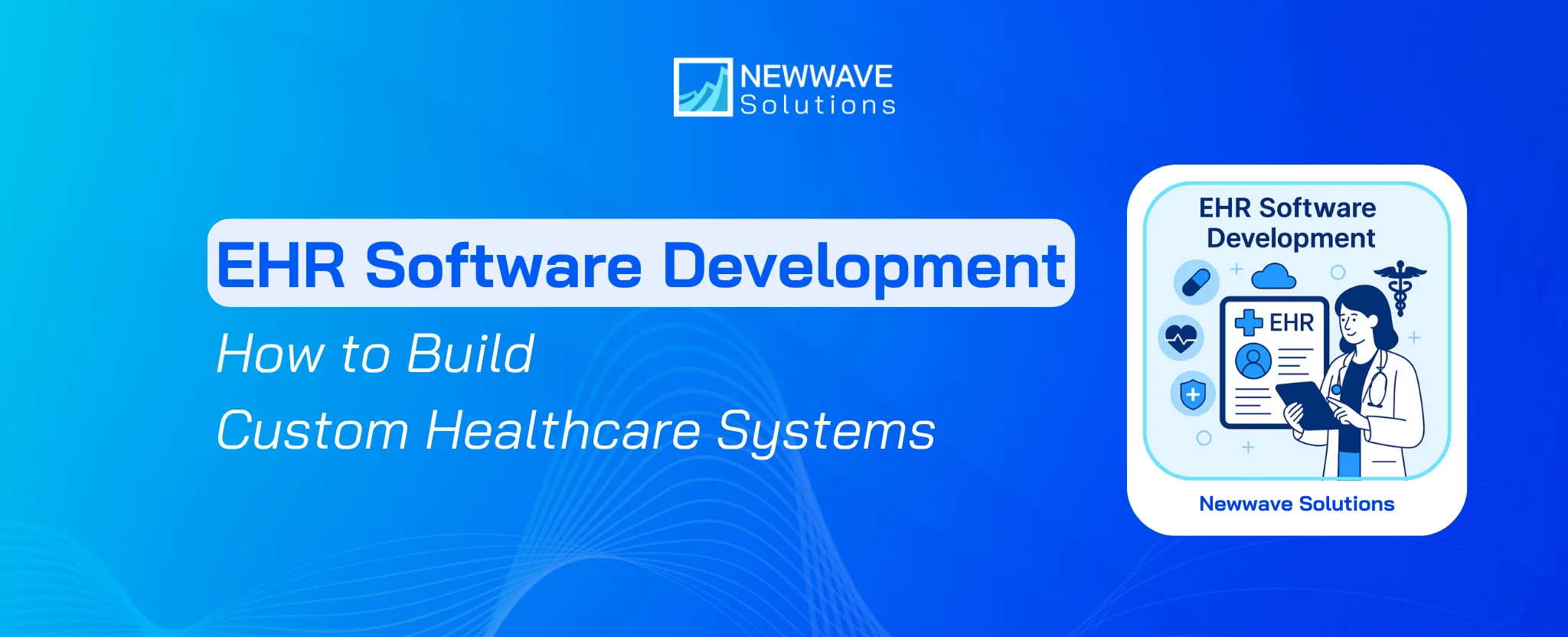
Healthcare digitization has provided tons of new technologies to simplify the consultation process, support doctors in managing healthcare data, and elevate patient-physician interactions to a whole new level. As part of this, electronic health records (EHRs) have emerged as a unique mechanism to reduce manual efforts, optimize productivity, and manage revenues.
In this blog, we will look into the benefits of EHR systems along with some operational elements, like how to build an EHR system, and ultimately, the EHR software development cost.
What is EHR Software Development?
Electronic health records or EHR software is a type of computer program that is used to store and manage patient medical records and information. It is a digital version of the paper-based records that healthcare providers have traditionally used to document patient care. EHR software allows healthcare providers to access and share patient information with other providers, such as hospitals, laboratories, and specialists, in a secure and efficient manner.

EHR software can be developed using a variety of programming languages and technologies, such as Java, C#, and Python. It is important for developers to have a strong understanding of these technologies, as well as an understanding of healthcare-specific requirements and best practices.
Why develop an EHR system?
EHR systems have a number of benefits for healthcare organizations, including:
- Project scope: The project’s scope is a significant aspect that might affect the price of developing EHR software. Generally speaking, a bigger, more complicated job will cost more than a smaller, easier one.
- Customization: Customization can have an impact on the price of developing EHR software. A healthcare provider’s EHR software will probably cost more if they wish to modify it to match their unique needs than if they choose an existing, off-the-shelf option.
- Enhanced security: EHR software also gives users access to a safe, centralized area where they may store and retrieve patient data. This can assist in safeguarding patients’ privacy and lowering the possibility of mistakes or data breaches.
- Improved population health management: EHR systems can assist healthcare organizations in tracking and analyzing patterns in patient health data, which can help detect and solve public health concerns. This results in improved population health management.
- Reduced costs: Creating EHR software may help cut expenses related to keeping and storing paper records, as well as the cost of mistakes or repeated tests or procedures.
6 Key Features of EHR Software Development
- Patient profile & demographics management: This feature allows healthcare providers to store and retrieve comprehensive patient data, including name, age, allergies, and medical history, in a unified digital chart. Having a centralised patient profile improves continuity of care and reduces duplication of records across departments.
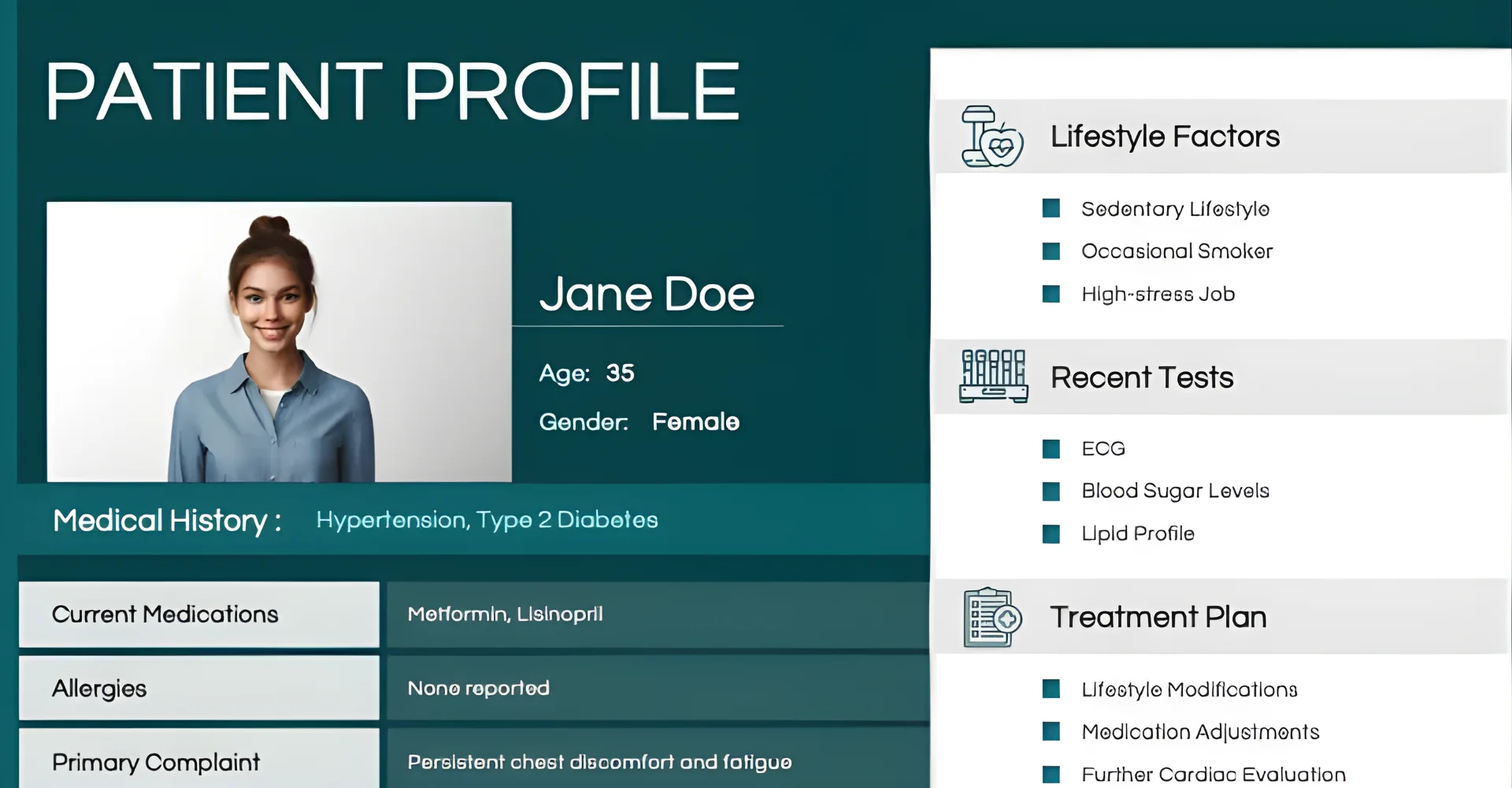
- Clinical documentation & charting module: This module supports entry of notes, treatment plans, diagnoses, and SOAP documentation with structured templates and voice-recognition support. Streamlined documentation enables clinicians to focus more on patient care rather than paperwork and reduces the risk of missing critical information.
- Appointment scheduling & workflow management: The system manages bookings, cancellations, wait-lists, and prompts for follow-ups, which aligns clinical workflow with patient demand more efficiently. This feature contributes to smoother operations and fewer missed visits.
- Interoperability & data-exchange capabilities: EHR system enables secure sharing of data across different healthcare entities—such as labs, pharmacies, specialists—using standards like FHIR or HL7. Enhanced interoperability reduces errors, supports coordinated care, and improves patient outcomes.
- Analytics & insights dashboard: The platform provides real-time analytics on patient outcomes, clinician performance, resource utilisation, and regulatory compliance. These insights allow healthcare organisations to make data-driven decisions and continuously improve care delivery.
- Security, compliance & audit-trail features: The solution implements encryption, role-based access control, audit logs, and compliance with regulations such as HIPAA and GDPR. Robust security measures build trust with patients and reduce the risk of costly data breaches.
4 Main Types of EHR Systems
We will focus solely on the main types of EHR Systems that your business should pay attention to, since there are still other types but less common in society.On-Premises EHR Systems
On-premises EHR systems are installed and hosted within a healthcare organisation’s own data centre, giving the provider full control over data, hardware, and customisation. This type suits large hospitals with dedicated IT teams but may involve higher upfront costs, maintenance responsibility, and limited scalability.Cloud-Based (SaaS) EHR Systems
Cloud-based or SaaS EHR systems are hosted by third-party providers and accessed over the internet, allowing for lower upfront costs, automatic updates, and rapid deployment. This model appeals to clinics or smaller practices seeking flexibility, scalability, and minimal infrastructure burden.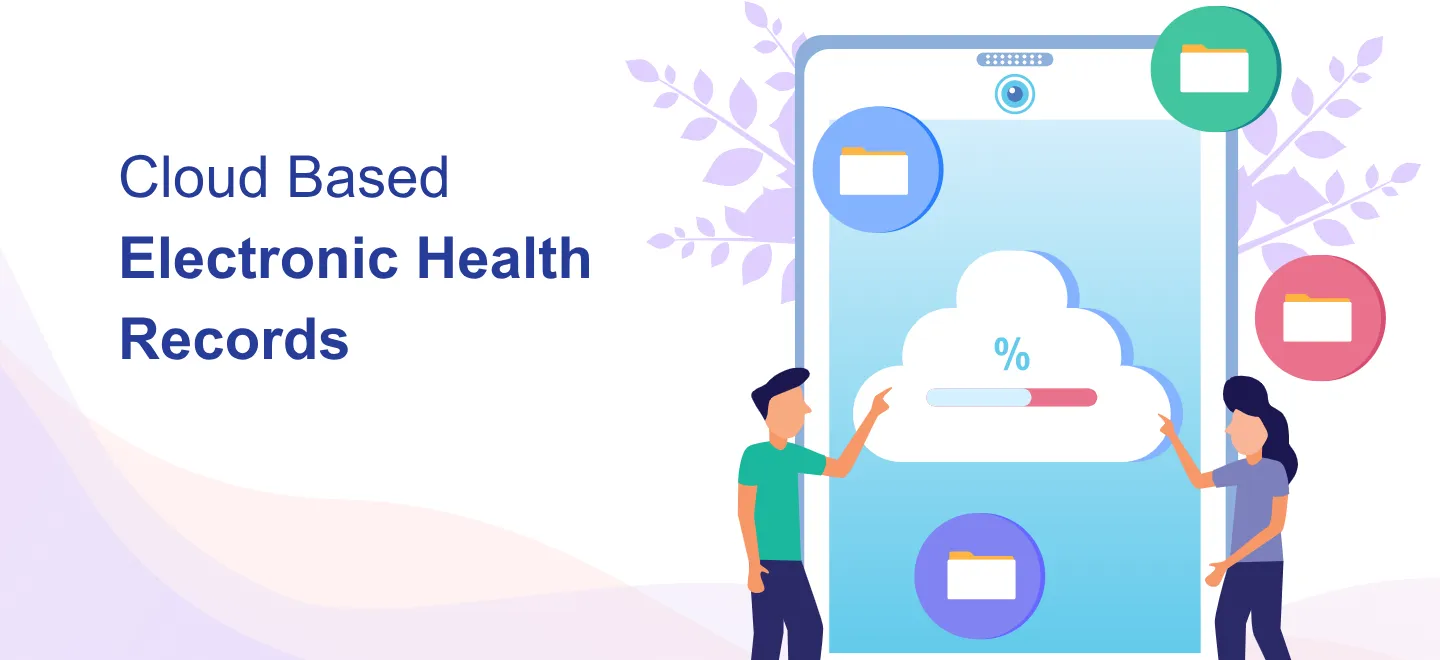
Hybrid EHR Systems
Hybrid EHR systems combine both on-premises and cloud hosting to balance data control with operational flexibility, storing sensitive data locally while leveraging cloud services for analytics and access. Healthcare organisations that require both high compliance and scalable workflows often favour the hybrid model.Standalone Specialty EHR Systems
Standalone specialty EHR systems focus on specific medical fields such as ophthalmology, psychiatry, or dental care, offering tailored workflows, templates, and integrations for that specialty. These systems accelerate adoption in niche practices and fit organisations with unique operational needs.Tech Stack for EHR Software Development
Now the question arises, how to develop such software. Specifically, which technologies are vital for the development of EHR software? With added customizations, you need an appropriate set of technologies. We provide an ideal tech stack for your software.
1. Front End Development
- Libraries: Vue.js, Next.js, React
- Languages: CSS, JavaScript, HTML5
2. Back End Development
- Server: Apache HTTP, NGiNX
- App Frameworks: Laravel, Angular
- Databases: MySQL, Redis, MongoDB
- Hosting: AWS, VULTR
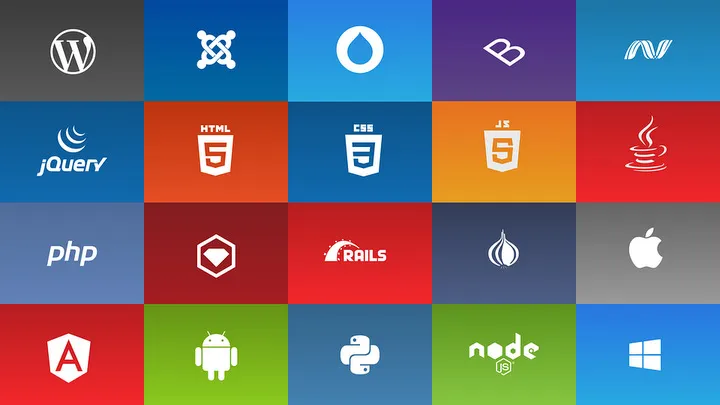
EHR Software Development: How to Build an EHR System?
Choosing or hiring an EHR software development team is the first thing you need to think about before building an EHR system. The team must be able to handle custom development and have experience in the healthcare niche. An EHR software development team usually includes the following team members:
- 1 Front-end Developer
- 2 Backend Developers
- 2 Quality Assurance
- 1 Project Manager
- 1 UI/UX Designer
Step 1: Idea Validation
Before starting to build EHR software, you should check its validity after discussing this with your team and analyzing the project’s potential and probability. The trick here is to truly understand your client’s requirements. Make a list of questions about the project and ask the clients to help them get a fair idea about what they are looking for. It clears the expectations a client has of their EHR System.
Going forward, it is important to understand the pain points of the users. Like what issues the doctors and nurses are facing.
- Does it take a lot of time for them to fill out forms?
- How about communication with the patients and other doctors?
Asking such questions will get you closer to what your client wants; therefore, you will have a better understanding of how to develop EHR.

Step 2: Discovery and Prototype
Let’s move on to the discovery phase. Here, you need to develop a flowchart of the processes and procedures. It involves identifying the features of the EHR software in the development technology.
Once the business analysis and estimation are complete, you can start to develop your special EHR project. Developing a prototype first will help you understand how the software works. Further, it will help you know how to improve yours.
Step 3: Design and Development
As your developer team follows the specifications, you should ask the team to create a rough design of what the EHR software will look like. Then, as you work within a service-oriented architecture, your team creates modules of major segments. With this method, you can streamline the development process and conduct efficient screening and performance checks. When the development of the EHR software works in this manner, scalability is also easier.
Step 4: Testing and Debugging
At this stage, your quality assurance team identifies the bugs in the software. They go through the development stages, check the design, and monitor other operations. They also understand how to build a better version of the electronic health record system. The motive is to know whether EHR software solves the need or not. Testing shall continue until and unless they have ensured that the EHR software meets their goals.
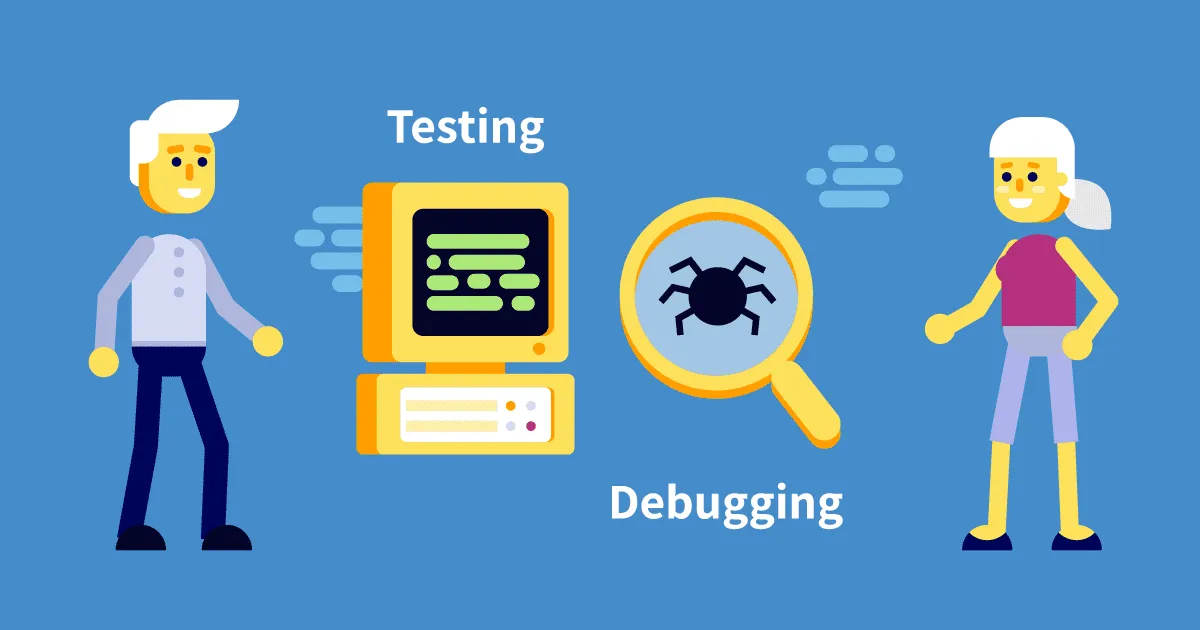
Step 5: Launch and Maintenance
The quality assurance team checks the electronic health record software during the testing stage. They go through the development stages, check the design, and monitor other operations. The team also understands how to build a better version of the EHR software. They test it until all goals are met with its functioning.
Cost for EHR Software Development
Here is a breakdown of typical cost ranges for developing EHR software with commentary to focus on numeric estimates and influencing factors:- Basic EHR MVP (single site, basic modules): Estimated at USD $50,000–$100,000, covering core patient profiles, charting, and scheduling features.
- Mid-level custom EHR (multi-site, advanced integrations): Estimated at USD $100,000–$250,000, including interoperability, analytics, mobile access, and moderate customisation.
- Enterprise-grade EHR platform (large network, full compliance, AI features): Estimated at USD $250,000+, with modules for remote monitoring, predictive analytics, and full health-system integration.
- Ongoing maintenance and support: Annual expenses typically range from 15–25% of the initial development cost, covering updates, compliance patches, and user support.
- Scope of the project: The scope of the project is an important factor that can impact the cost of EHR software development. A larger, more complex project will generally cost more than a smaller, simpler one.
- Customization: Customization can also affect the cost of EHR software development. If a healthcare provider wants to customize the EHR software to meet their specific needs, it will likely cost more than if they choose a pre-existing, off-the-shelf solution.
- Platform: The platform on which the EHR software will be developed can also impact the cost. For example, developing EHR software for a desktop platform may be less expensive than developing it for a mobile platform.
- Development team: The size and expertise of the development team can also affect the cost of EHR software development. A larger team with more specialized skills may be more expensive than a smaller, less specialized team.
- Location: The location of the development team can also impact the cost of EHR software development. Teams located in areas with a higher cost of living may charge more for their services than teams located in areas with a lower cost of living.
It is difficult to estimate the exact cost of EHR software development, as it will depend on the specific needs and requirements of each healthcare provider. However, it is generally advisable for healthcare providers to budget for a significant investment when considering EHR software development, as it is an important tool that can greatly improve the efficiency and effectiveness of their healthcare services.
Work with Newwave Solutions for EHR Software Development
Developing EHR systems can be challenging and time-consuming, especially if your business lacks sufficient experience or the necessary resources. However, you don’t need to worry because Newwave Solutions offers comprehensive EHR software development services that help businesses launch high-quality EHR applications as quickly as possible.Our EHR Software Development Services
- Full-cycle EHR Software Development for digitizing patient records and automating workflows.
- EHR Mobile Apps for secure, real-time access to health data on any device.
- EHR Implementation ensures seamless deployment and workflow automation.
- EHR Analytics features AI-driven dashboards and predictive insights.
- EHR Integration connects with EMR, CRM, LIS, and billing tools for unified data.
- EHR Customization tailored to specific workflows, branding, and user roles.
- EHR Migration securely transfers and optimizes legacy data.
- EHR Compliance consulting services to assure HIPAA, HL7, and GDPR adherence.
- EHR Support provides technical assistance, updates, and staff training.
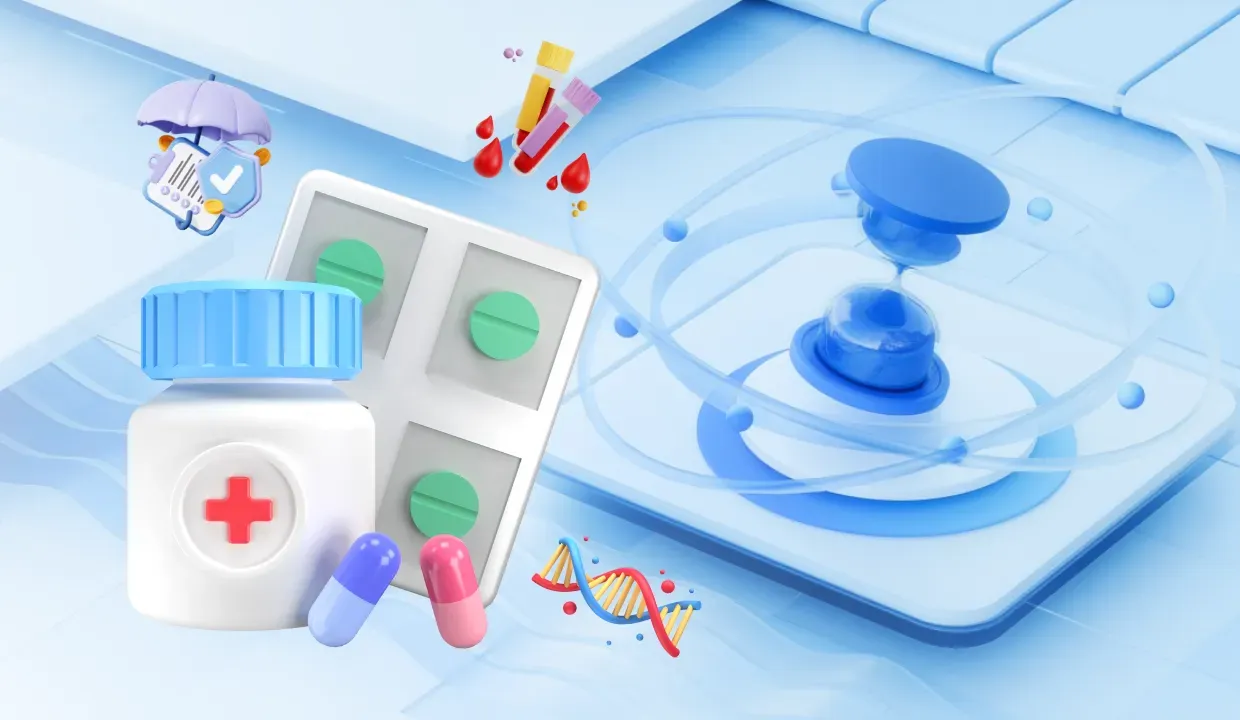
Why Choose Newwave Solutions?
- Over 14 years of proven expertise in medical software development and EMR services.
- A team of reputable experts dedicated to delivering secure, scalable, and compliant EHR systems.
- Advanced, scalable cloud-based IT infrastructure with a mobile-first design approach.
- End-to-end solutions under one roof, covering development, integration, and support.
- Transparent communication and agile project management for timely delivery.
Conclusion
The development of an electronic health record (EHR) software system is a complex and multifaceted process that requires careful planning, technical expertise, and a thorough understanding of the needs and requirements of healthcare providers and patients.
By following best practices and using the right tools and technologies, it is possible to create an EHR software development system that is intuitive, user-friendly, and capable of meeting the unique needs of different healthcare organizations. However, it is important to remember that EHR/ healthcare software development is an ongoing process and requires regular updates, maintenance, and support to ensure that it remains effective and efficient over time.
Contact Newwave Solutions today to ensure the best EHR software at a reasonable price for your business.
Contact Information:- Head Office (Hanoi): 1F, 4F, 10F, Mitec Building, Cau Giay Ward, Hanoi City, Vietnam
- Branch Office (Tokyo): 1chōme118 Yushima, Bunkyo City, Tokyo 1130034, Japan
- Hotline: +84 985310203
- Website: https://newwavesolution.com
- Email: [email protected]
To Quang Duy is the CEO of Newwave Solutions, a leading Vietnamese software company. He is recognized as a standout technology consultant. Connect with him on LinkedIn and Twitter.

Read More Guides
Get stories in your inbox twice a month.
Let’s Connect
Let us know what you need, and out professionals will collaborate with you to find a solution that enables growth.

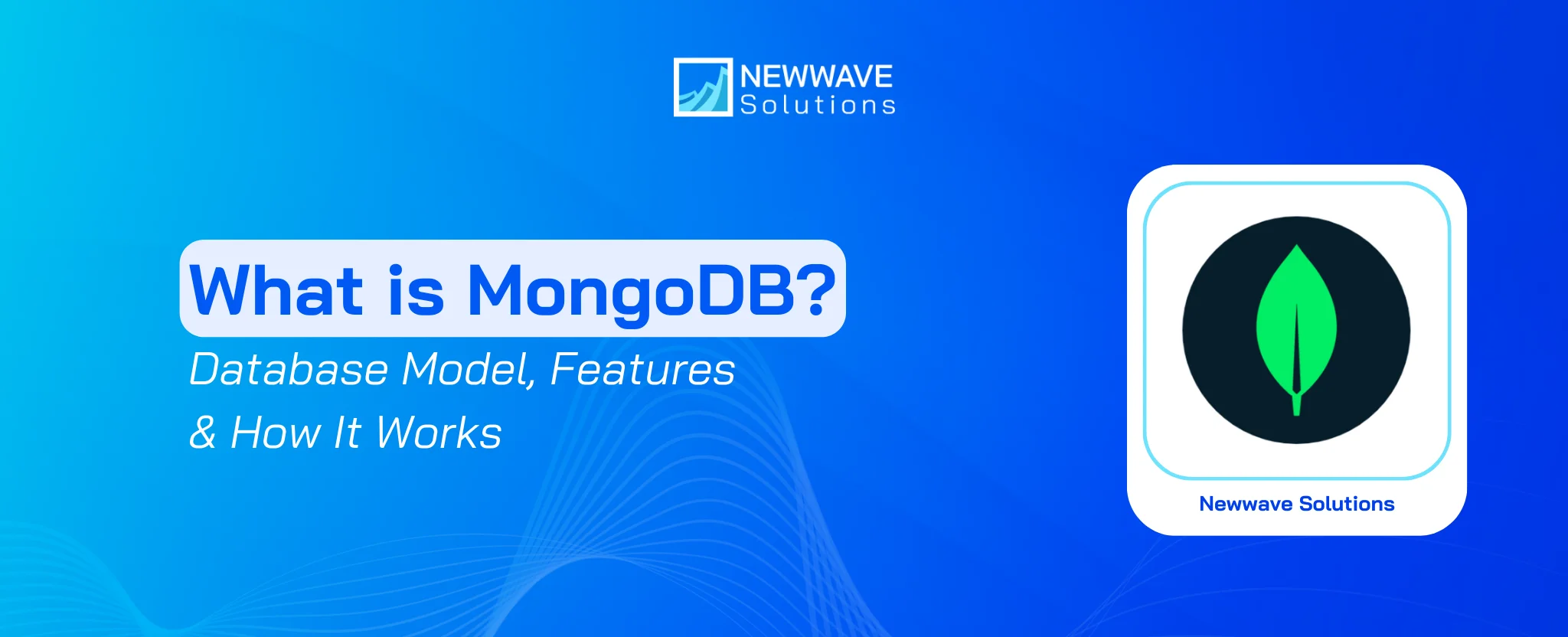

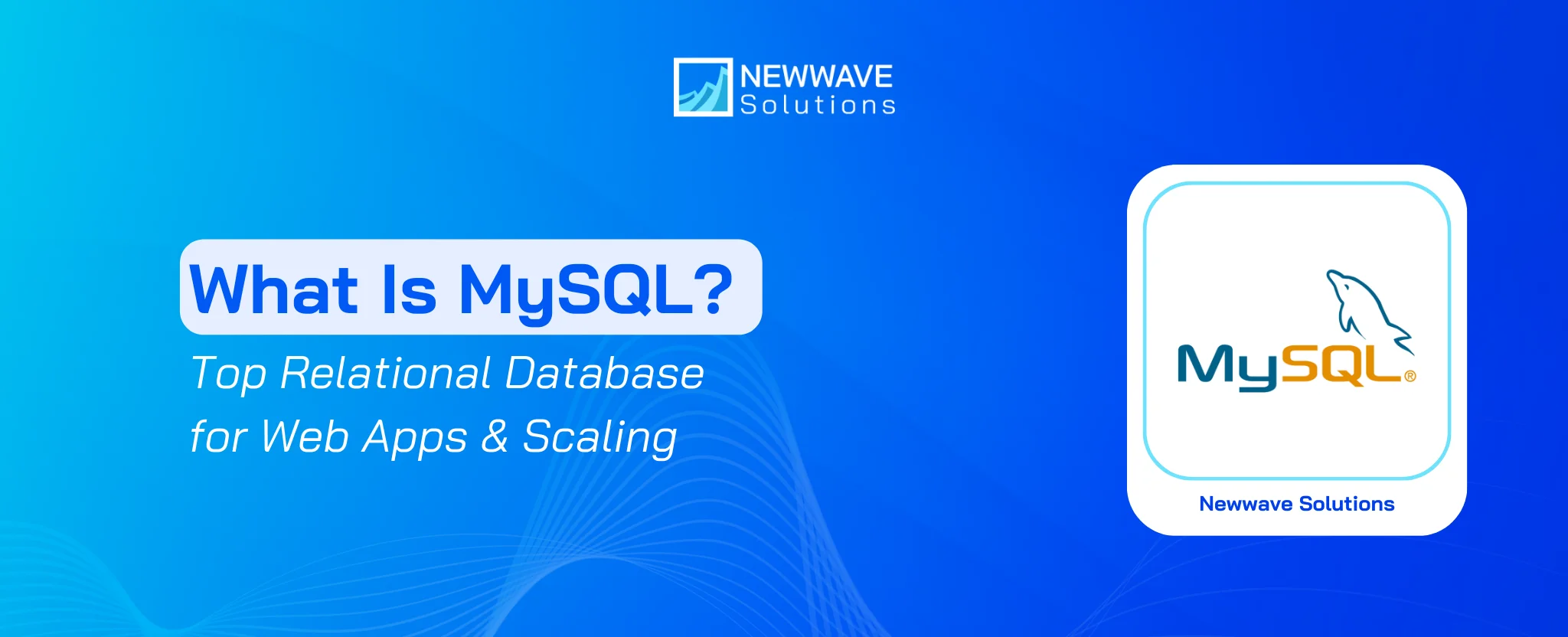
Leave a Reply